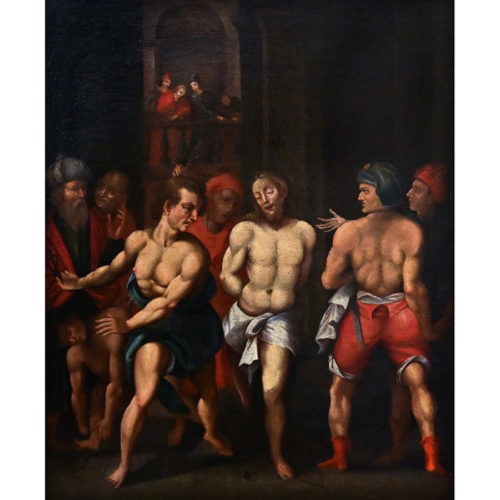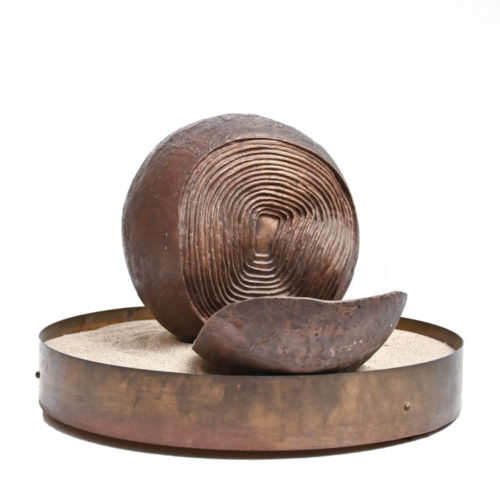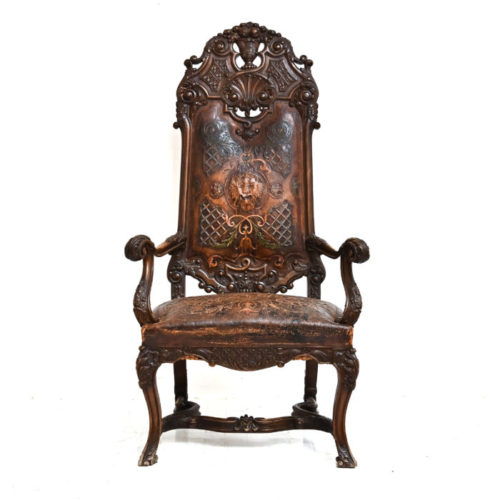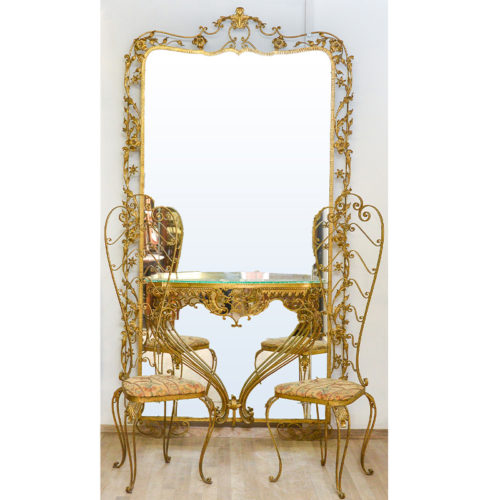Bronze sculpture by Franco Zazzeri signed and dated 1976.
"A sphere, and all of a sudden it breaks, a slice of it caught just in the moment of falling down (...) that sphere is configured as the earth that turns in spaces; what will become the segment that has detached from the sphere of Zazzeri? " - Marco Valsecchi 1977 (Milan, 1913 - 1980) - art critic, university professor, essayist and journalist of the daily newspapers Il Giorno and Il Giornale and of the weekly Lo Speciale.
"Zazzeri's work can be called" totemism of the origins ": an anthropological function that rediscovers the notion of beauty in the recognition of an inner and eternal truth." - Riccardo Barletta 1985 - Modern art critic and professor of history of design at the Polytechnic School of Milan.
"Cosmos and Logos are converted into each other, through the filter of the protean personality of Zazzeri" - Floriano De Santi 1999 - Artistic Director and Critic and art historian
FRANCO ZAZZERI was born in Florence on 19 August 1938. He spent his childhood in Monte San Savino, Arezzo.
At the age of fourteen he began working in a ceramics workshop but, fascinated by sculpture, he moved to Arezzo where he worked for a local marble worker and attended the Aretina art school under the guidance of the sculptor Giovanni Bianchi. At the end of the 1950s, commissioned by various personalities from Arezzo, he made several sculptural portraits; he wins the competition for the construction of the statue of the Madonna delle Vertighe (patron saint of the Autostrada del Sole). In 1960 he moved to Milan (where he currently lives and works). In the same year he graduated from the school of the Castello Sforzesco sculpture section. To his credit 30 personal exhibitions held in Italy and Europe. Numerous group exhibitions; we cite some of the most prestigious: 1983 "Italian sculpture in the world" traveling exhibition in the main cities of the world by the Ministry of Foreign Affairs and the Rome Quadrennial of Art; 1984 "XXIX Biennale of Art of the City of Milan", Palazzo della Permanente; 1986 "XLII International Biennial of Art of Venice"; 1989 "XXXI Biennale of Art of the City of Milan", Palazzo della Permanente; 1999 "XIII Quadrennial of Rome".
Some of his sculptures are found in: Montecarlo - Banque de Gestion Monegasque; Rome - EUR - Italian Credit; Rome - via del corso 374 - Credito Italiano; Turin - in via Arsenale, 11 - Credito Italiano; Moscow - Italian Representation; Milan - Linate and Malpensa Airport; Milan - Municipality of Milan in via Pirelli; Milan - Piazza Duca d'Aosta; Milan - Civic Center - via Oglio 18; Here below we mention only a few other exhibitions, by importance and artistic significance: 2002 Milan, Palazzo Municipale Sondrio; 1995-1999-2005 Milan, Borgogna Gallery; 1989 Monte San Savino, "Homage to Sansovino"; 1984 Munich, Galerie Museum BMW; 1984 Vienna, Italian Cultural Institute; 1980 Ferrara, Palazzo Dei Diamanti; 1975-1979-1983 Ada Zunino Gallery; 1971-1974 Monza, Arengario Museum; 1970-1971-1972-1973 Milan, 'La Darsena' Gallery.
"... Starting from a figurative sculpture Franco Zarreri soon turns to a more informal vision of the figure, a non-individual content emerges from the representation of the individual to that of the group, the family nucleus, seen as a reality of the primordium in a genetic sense . A non-descriptive and unrealistic position. ... "
from "Zarreri - The Totemism of Origins" Riccardo Barletta ed. Milan Point and Line
-
Out of stock
 Gio Ponti style sofa in the original crimson velvet. Backrest with shell shape, 6 truncated conical feet with brass ends. In good condition, also the pair of matching armchairs for sale. Period: 1950 Measurements: H 82 L 186 D 88 (H seat 50) cm
Gio Ponti style sofa in the original crimson velvet. Backrest with shell shape, 6 truncated conical feet with brass ends. In good condition, also the pair of matching armchairs for sale. Period: 1950 Measurements: H 82 L 186 D 88 (H seat 50) cm -
 "The flagellation of Christ" Oil on canvas from the 17th century. The painting represents a sacred scene full of characters. The technique of pittutr is of excellent quality. The work is in an excellent state of preservation and has been slightly restored. Period: 17th century Measures: H 74 x W 62,5 x D 2 cm
"The flagellation of Christ" Oil on canvas from the 17th century. The painting represents a sacred scene full of characters. The technique of pittutr is of excellent quality. The work is in an excellent state of preservation and has been slightly restored. Period: 17th century Measures: H 74 x W 62,5 x D 2 cm






